Court is now in session for Saul Goodman V. Jimmy McGill in exclusive book excerpt
Author Alan Sepinwall talks to series co-creator Peter Gould in this excerpt from The Complete Critical Companion To Better Call Saul.
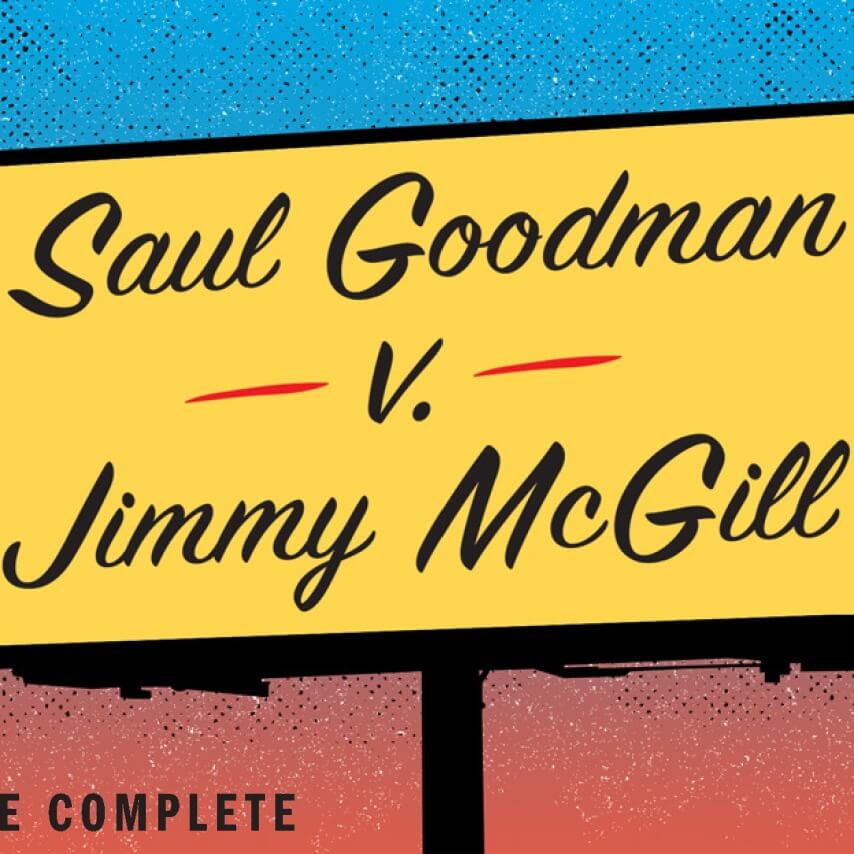
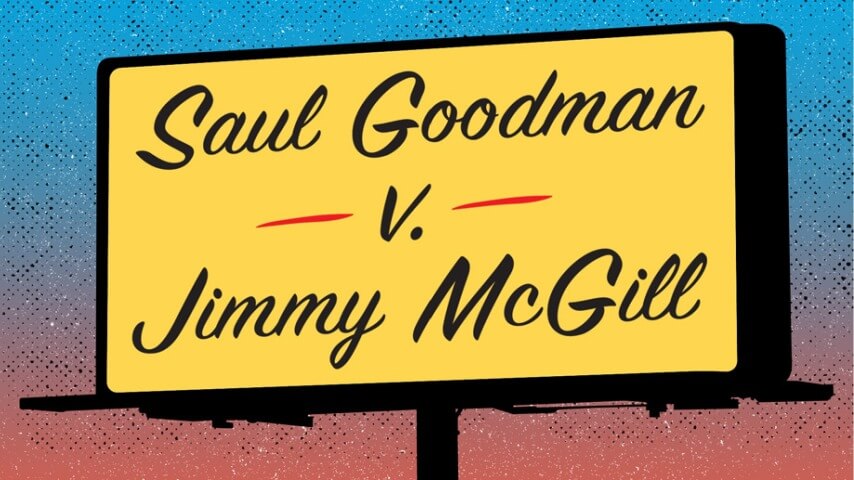
In the aftermath of its multiple-award-winning six-season run on AMC, it’s easy to forget that Better Call Saul, much like its central character, had its work cut out for it when it premiered in 2015. The series, a spinoff of Breaking Bad, had a lot to live up to, and co-creators Vince Gilligan and Peter Gould were starting from scratch with a character whose backstory Gilligan had purposefully obscured in the original show. Rolling Stone’s chief TV critic Alan Sepinwall was there from the beginning, recapping every episode of the series and providing critical insight into the show. In his new book, Saul Goodman V. Jimmy McGill: The Complete Critical Companion To Better Call Saul (out February 4 via Abrams Press), Sepinwall collects those recaps—along with various interviews he conducted over the years with Gilligan, Gould, and more—in one place for the first time. Sepinwall also revisits Better Call Saul through new interviews with Gould, diving deep into how the writers got to the heart of Saul Goodman by giving Jimmy McGill time to grow.
In this exclusive excerpt, Sepinwall and Gould talk about the surprising influence of Midnight Run, the 1988 buddy action comedy starring Robert DeNiro and Charles Grodin, on Better Call Saul, and why it took longer than they initially anticipated for Jimmy McGill to become Saul Goodman.
 Abrams Press
Abrams Press
When Vince and I spoke about the development process, he admitted that, after a little while, he really started banging his head against the wall and wondering why he ever thought this was a good idea for a TV show. Did you have any of these similar moments of self-doubt?
Oh, absolutely. Because the show had no obvious motor, at least when you start out. He’s a lawyer, and he wants money, and he’s got a sleazy side. And, where’s the story? His goal was a little bit ephemeral to us at first. It was really hard to figure out. It was like doing the Rubik’s Cube from hell because we had all the things that we’d established on Breaking Bad, and also, are people going to take to this character? In the moment, it always seems impossible. And, the other thing is, people loved Breaking Bad so much that it was like, “How is this ever going to be in the running?”
[On our Zoom, Gould notices that I have a poster of the 1988 Robert De Niro/Charles Grodin buddy action comedy Midnight Run hanging on the wall behind me.]
Your poster reminded me of something, because literally Vince and I were sitting down and we were going to have a conference call with the studio and the network. And one of the things we asked ourselves, “Who from Breaking Bad could we have back?” And, I think we both felt like, “Oh, well, wait a minute, [Jonathan] Banks.” And there were a bunch of reasons for that. One of which was, you have a laconic character and a talkative character, and that just seems to work as a pair. But the other thing is, your poster over your shoulder is Midnight Run, which is one of my all-time favorite movies, and I just felt like, that’s how these two archetypes could get together. And I think I pitched probably just to Vince at the time, “What if these two guys get stuck in the desert and they’re handcuffed to each other?” And, that image for some reason really spoke to me, and I think spoke to all of us, and it just took us, whatever it was, forty, fifty episodes to get to it.
Saul on Breaking Bad is a wonderful character, but also a fairly thin character. He’s at peace with himself. There’s no inner conflict there. Was that one of the challenges you were struggling with as well—how to build a show around someone like that?
That was the thing we had to crack first. And this was Bob’s hesitation about it too. Vince and I had lunch with Bob, and that was his question: “Well, what is there to this guy?” And, the way I approach a lot of this stuff is problem solving. And, I think, that was the origin of Chuck. And once you see, “Well, wait a minute. Yeah, this is the face he presents to the world: Saul Goodman. But there’s this other thing going on too.” And that was when we started talking about Chuck and the relationship between the two brothers. One of the things that we did really early on in the writers’ room was we watched the movie Crumb, the brilliant Terry Zwigoff documentary about Robert Crumb and his brother.* And that was very inspirational for us to think about the obligation that this Saul Goodman/Jimmy McGill character has to his older brother. That was really the origin of that. But, it was a struggle. I think one of the original ideas that I loved a lot was that he was going to be the Jerry Maguire for criminals. And we spent a lot of time on him putting criminal gangs together, and putting capers together, and being a little bit hands off. But when we came down to it, we had to give the guy skin in the game. Otherwise, there’s no emotion to it.
* Crumb’s older brother Charles, whose obsession with comics helped inspire Robert’s career as a cartoonist, suffered from mental illness, and committed suicide in the early nineties.
You’ve said many times that you assumed by the end of the first season, Jimmy would at least be working in the strip mall office, if not calling himself Saul. At what point did you start to realize you weren’t getting there that quickly?
That was in the first season. I think, part of the reason relates to your earlier question, because part of the reason we were looking forward to him being Saul in the office was we felt that that’s when the clouds would part, and he’s just doing fun scammy stuff for however long the show runs. And we were a hundred eighty degrees wrong about that.
I think it was pretty early on Season One when it just started getting more emotional, and we kept on asking ourselves, “Why has he become Saul Goodman?” We thought the answer would suddenly appear before us, and it just didn’t. Why would this guy make this big switch? And not necessarily the name per se, which you could make a business argument for, but how could he become so emotionally detached from what’s going on? How does he go from this tortured, good-hearted guy to being this happy-go-lucky criminal?
I think we thought it was a shorter journey, and then midway through the season it was, “Geez, we weren’t anywhere near it.” And, weirdly enough, what it reminds me of is Breaking Bad, because on that series we would always end up pitching, “Why doesn’t Walt just go buy a gun and shoot so-and-so in the head?” Constantly. And Vince would say, “This guy’s just not ready for that yet.” That was what we learned. And once we started seeing how vulnerable the character was, we started seeing that we could do more things.
Having said that, I think, at the end of the first season, when we broke it, and he says to Mike, “I know what stopped me. And you know what? It’s never stopping me again,” and he drives off, we could have, at that point, had him scouting the Saul Goodman office at the start of Season Two. And we could have said that his experience at the end of Season One—finding out that his brother was stabbing him in the back, of having his good old friend Marco die in his arms—was enough to set him off on this new trail. And then, the road to hell would be step-by-step. But what we found when we came back for Season Two was that there was a lot more going on between Jimmy and Kim than we thought. This shows you how the small decisions really set your course, because we said at the beginning of Season Two, “Well, what’s he going to do next?” And it started bothering us that Kim had set up this meeting for a new job and he was just blowing her off. So, we felt like he had to go in, and then we started thinking, “Well, what’s really going on between these two?” And that became the spine of a lot of the show.
So you’re making the first season, he’s not anywhere close to becoming Saul Goodman, he’s practicing elder law, he’s doing wills, he’s setting up this class action at Sandpiper. Was there a point where you guys worried, “What show are we making? How did we get here?”
You know what? Not really, because we didn’t tend to think in terms of what’s the tone of the show, or what is the show conceptually? It was like, “Does this moment make sense? Does this move for the character make sense? Is this interesting to us? And does it advance our understanding of the character and how he’s changing?” So, at that point, because of my experience on Breaking Bad, I think all of us felt like, “You know what? They’ve given us all this rope.” Sony and AMC really were very supportive of whatever we were thinking. And so we thought, it would be kind of foolish for us to restrain ourselves. We’re never going to have another opportunity like this. That’s what I thought. And so, let’s let the show guide us. And, the more we did that, the better the show got, I think.
You’ve often said that the big surprise of making the first season was how much you all came to like Jimmy. How and when did you start to realize that?
There are a couple places. One that comes to mind for me is in episode two. He’s in this terrible situation with Tuco and Nacho and Tuco’s guys, and these two idiots who he’s [inadvertently] provoked into crossing Tuco—the skate twins. He talks his way out of the trouble and could walk away. But instead, he comes back and takes his life into his own hands to do a defense for them, trying to tease out a version of mercy that will work for Tuco Salamanca. The fact that he turned around at that point felt semi-heroic in that moment. I really liked that. And also just the fact that he’s got a crush on somebody who doesn’t seem to reciprocate. Those are things that I think we can identify with really quickly. Yeah, I think we just really started enjoying the character once we started breaking those episodes.
Excerpt from the new book Saul Goodman V. Jimmy McGill by Alan Sepinwall published by Abrams Press © 2025 Alan Sepinwall

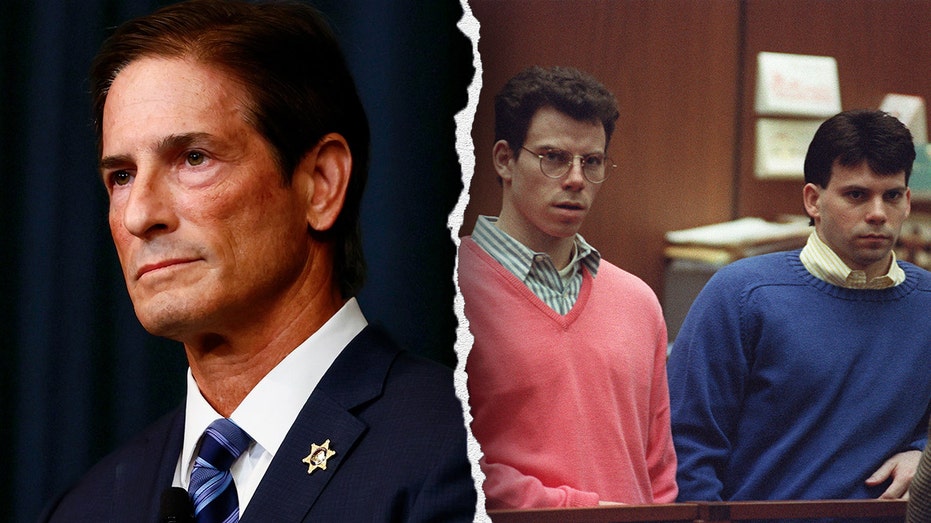
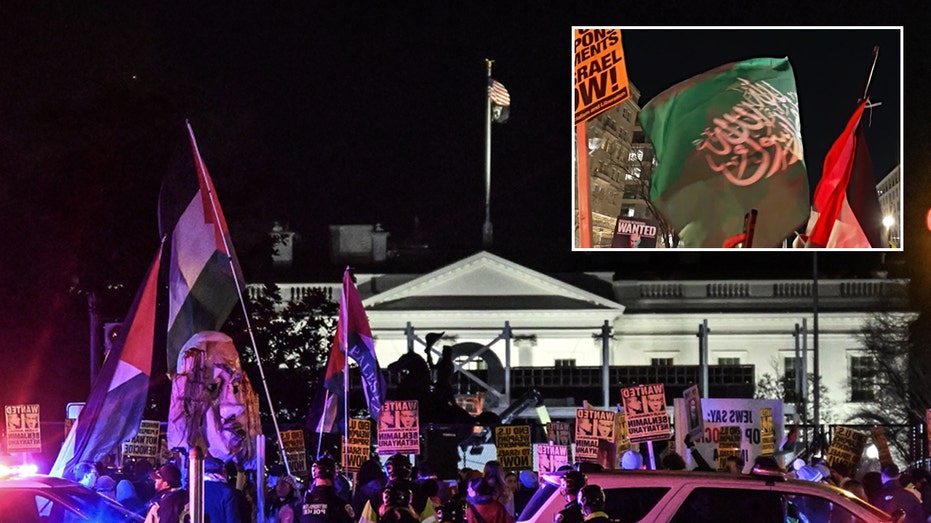
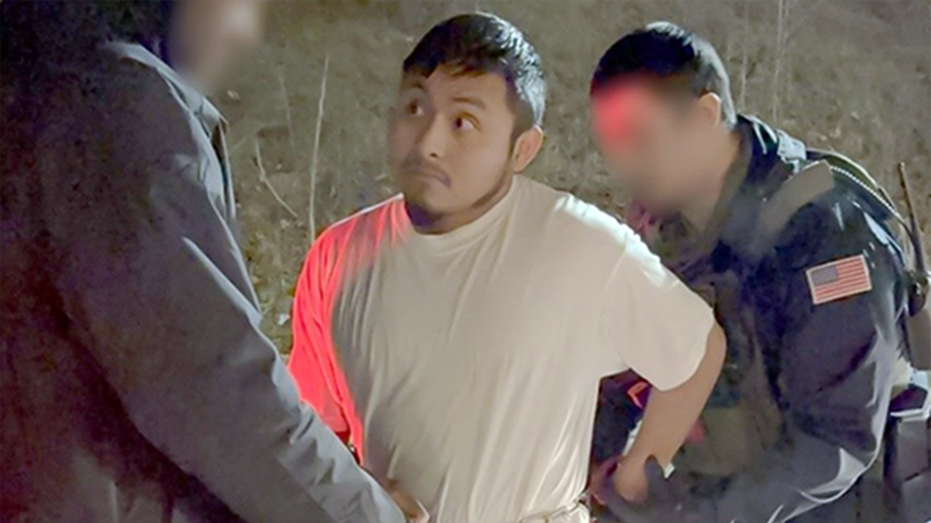














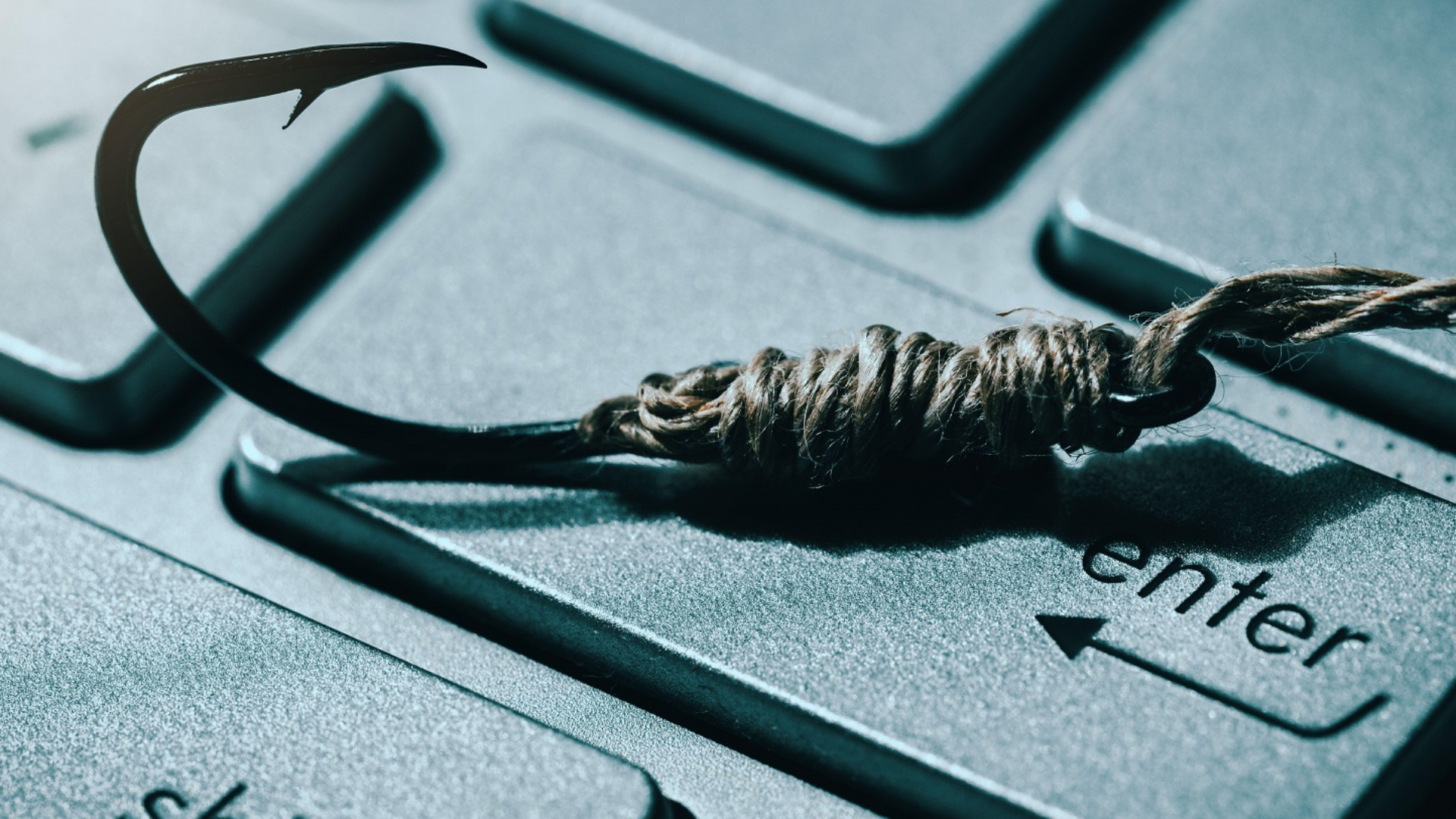


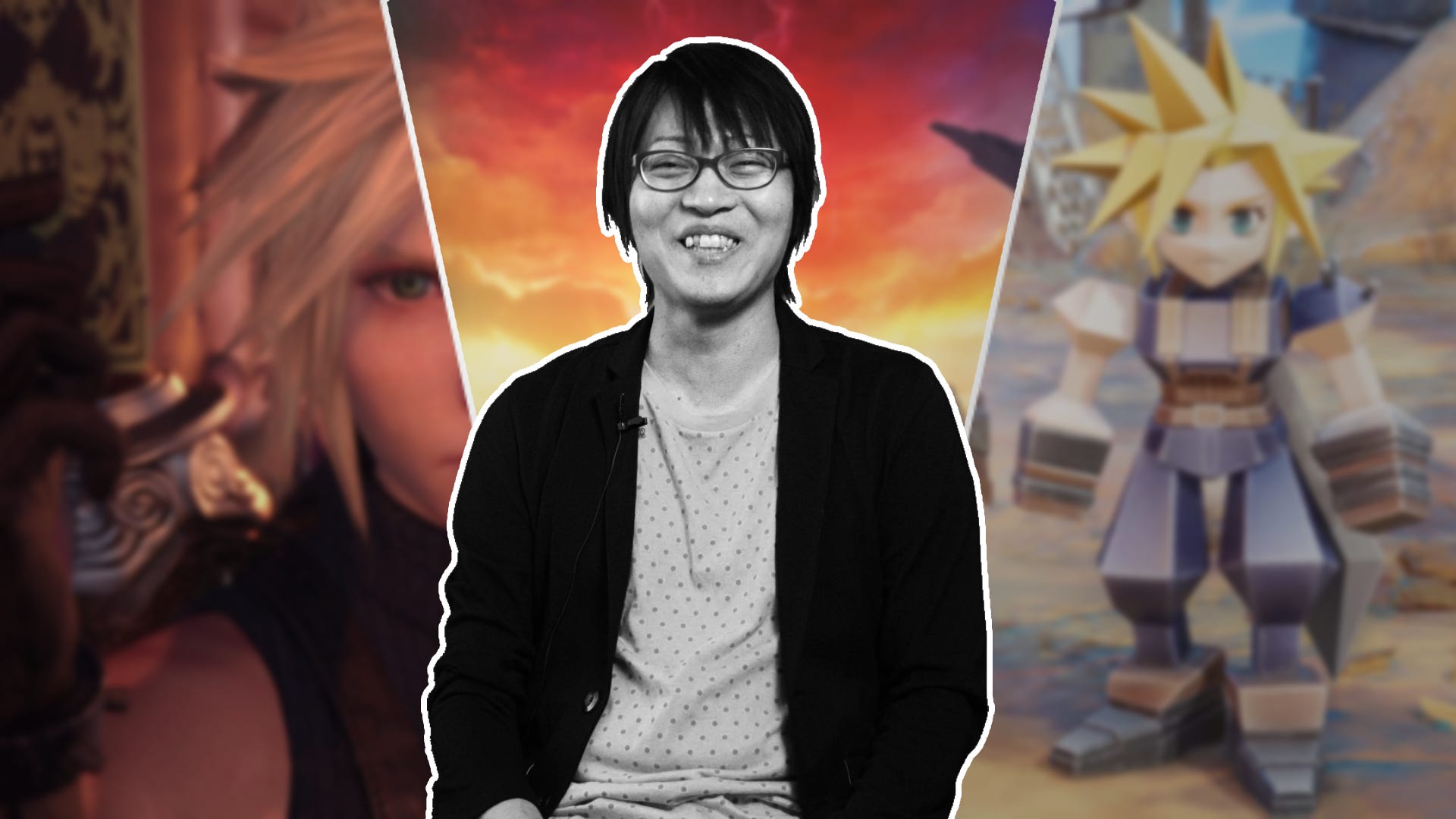

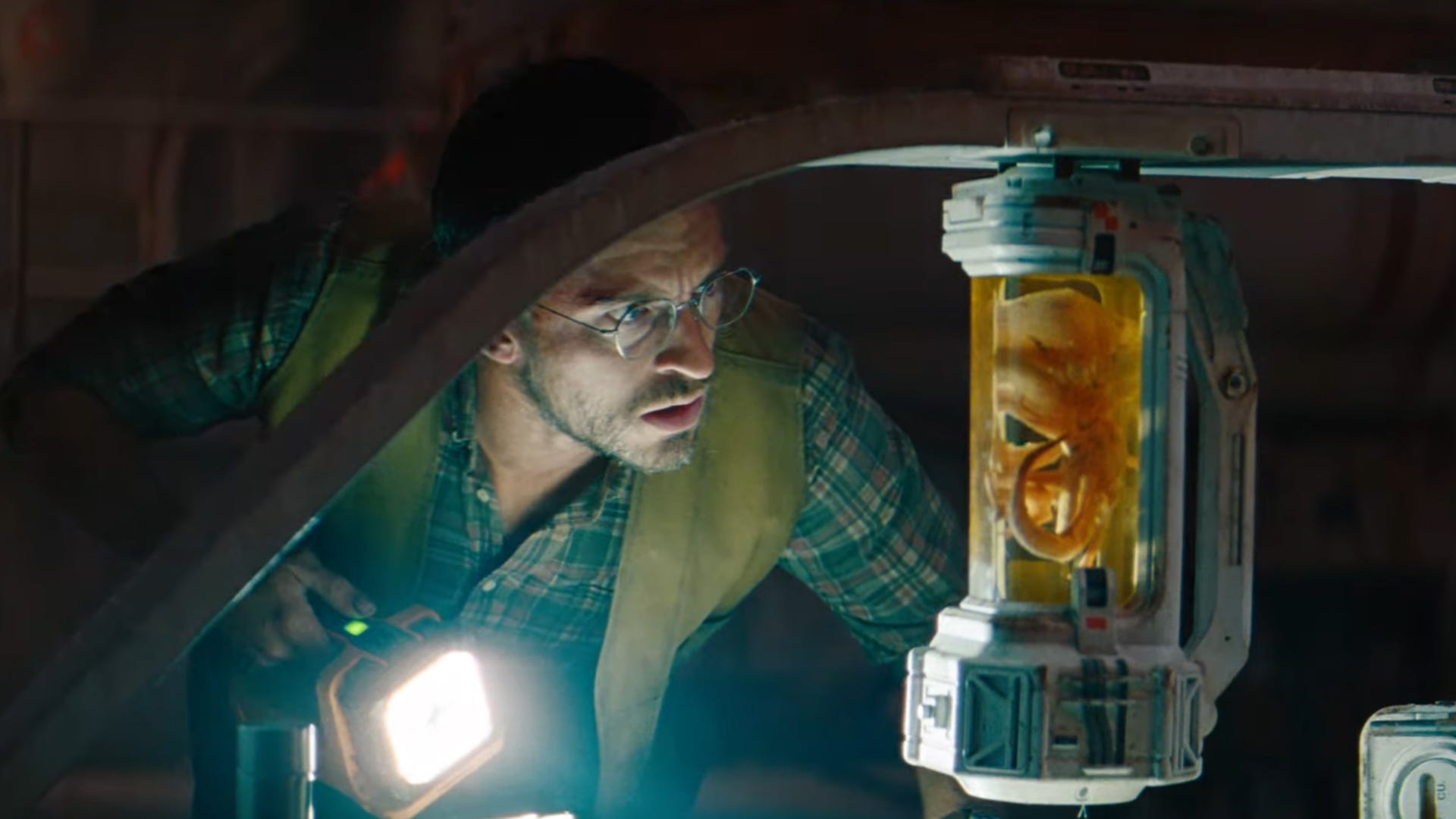






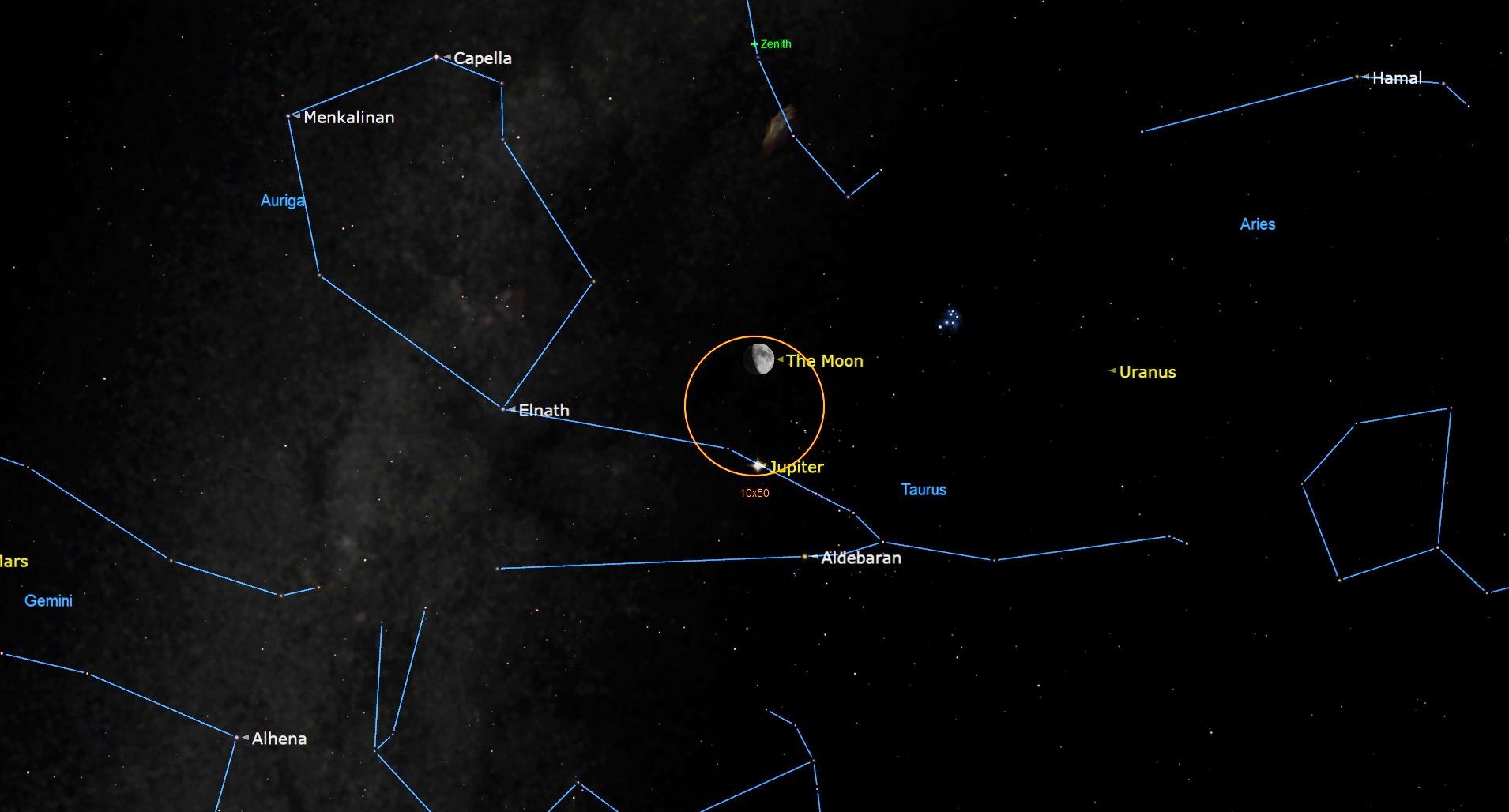






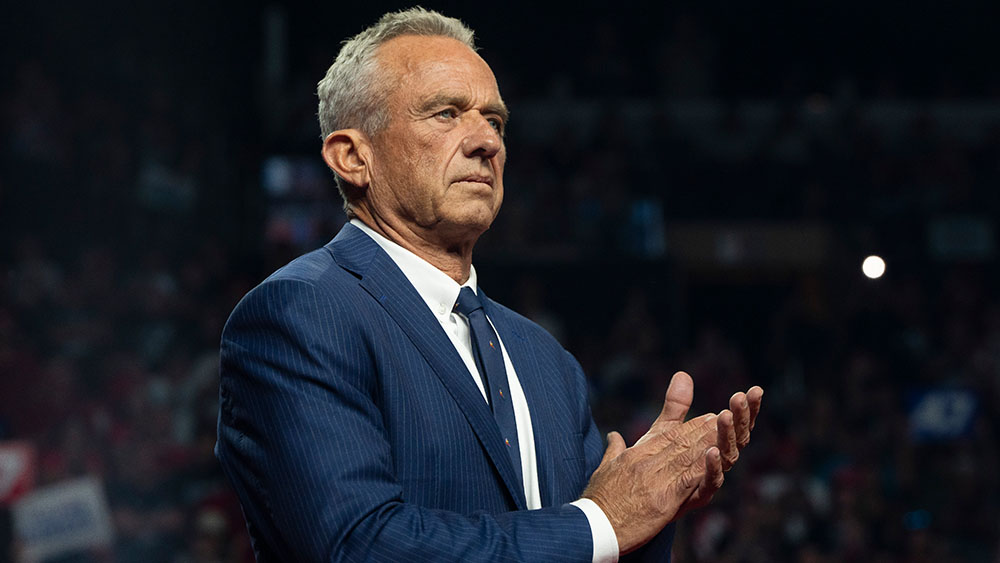



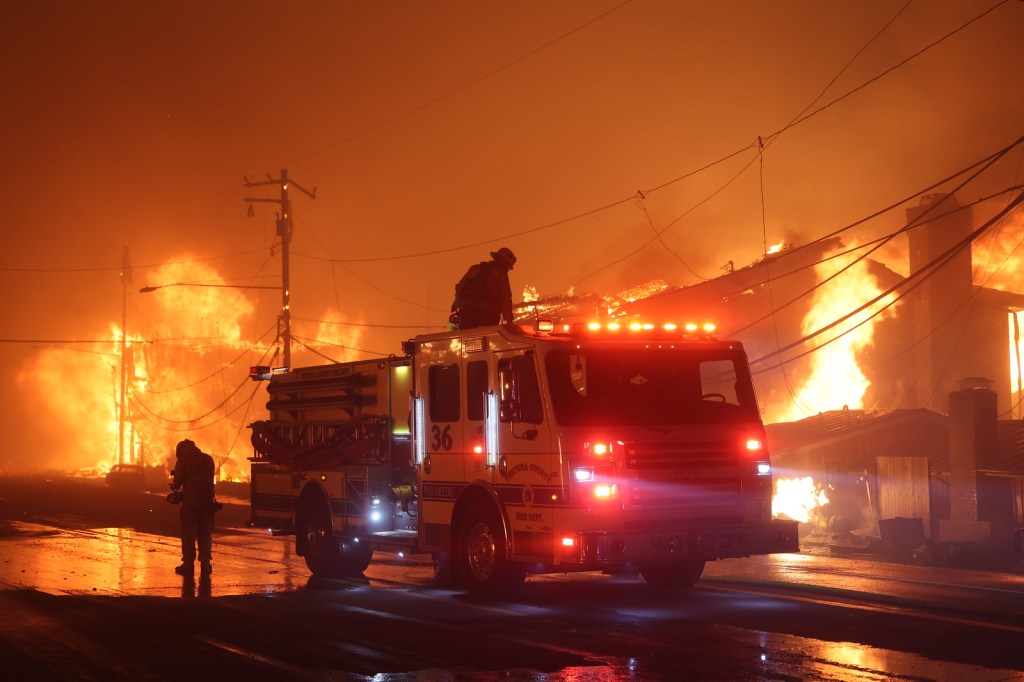








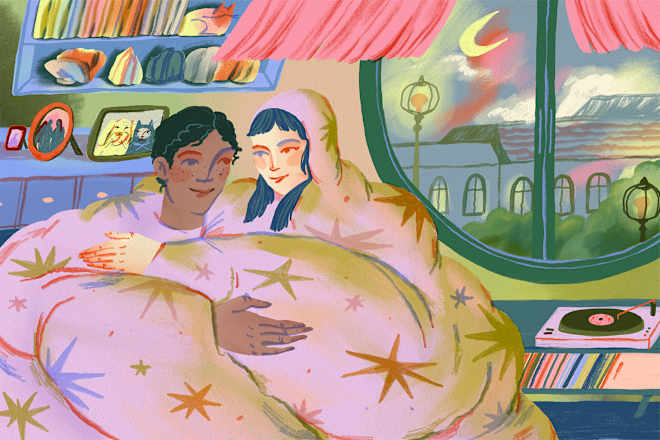



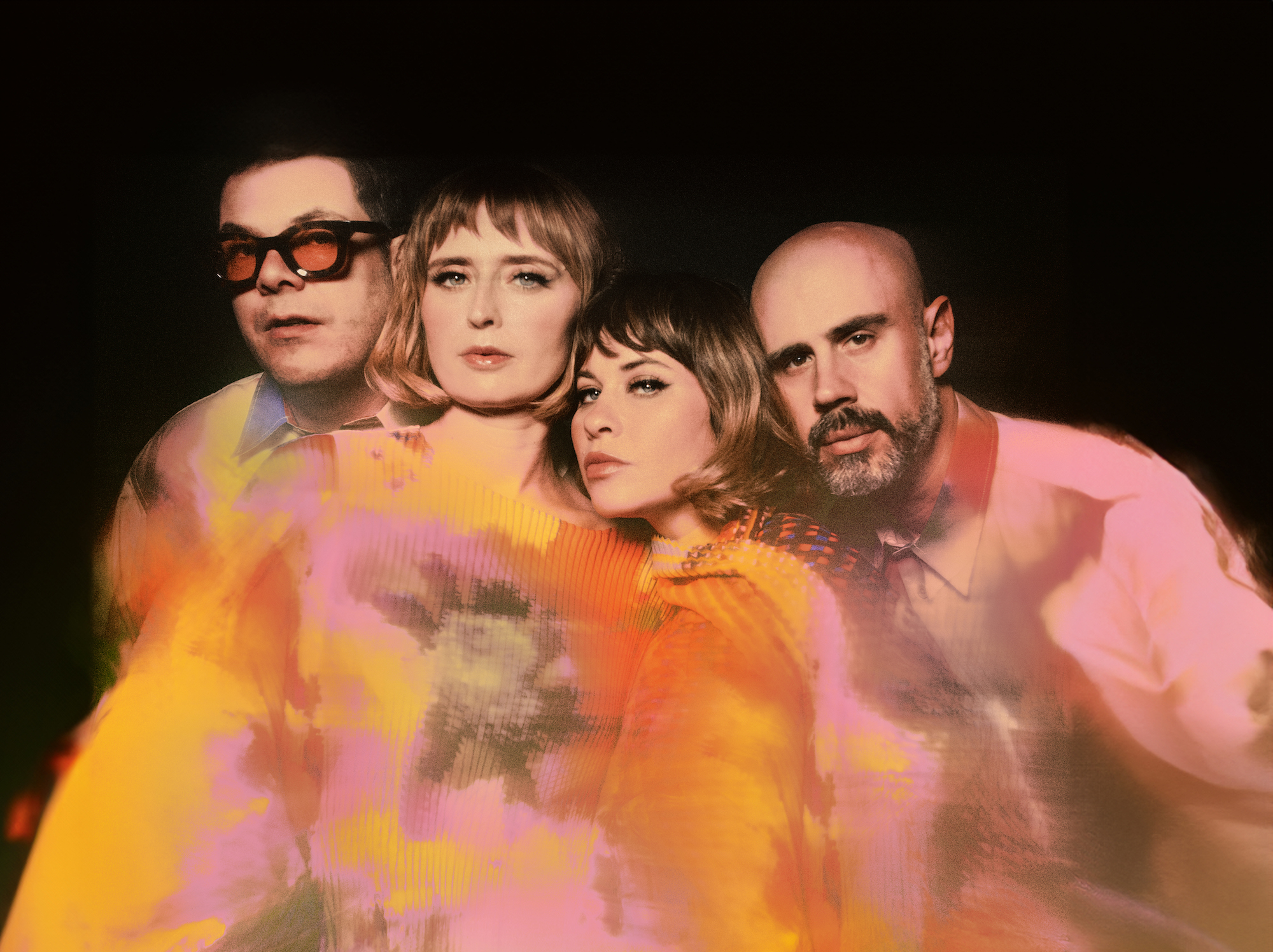









.png?format=1500w#)







